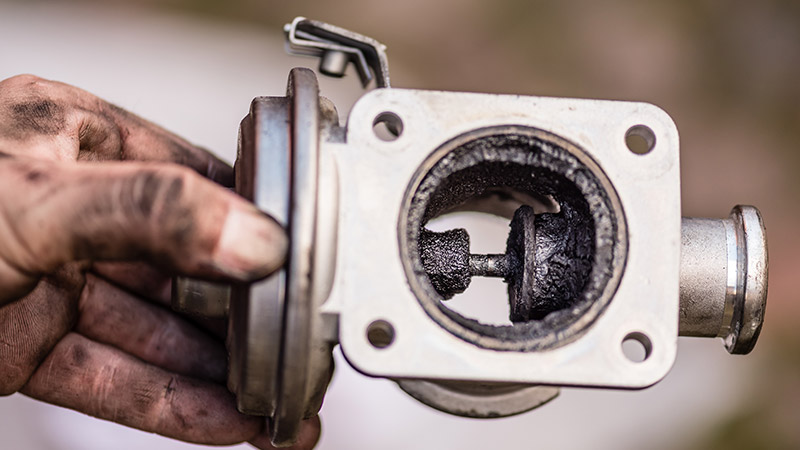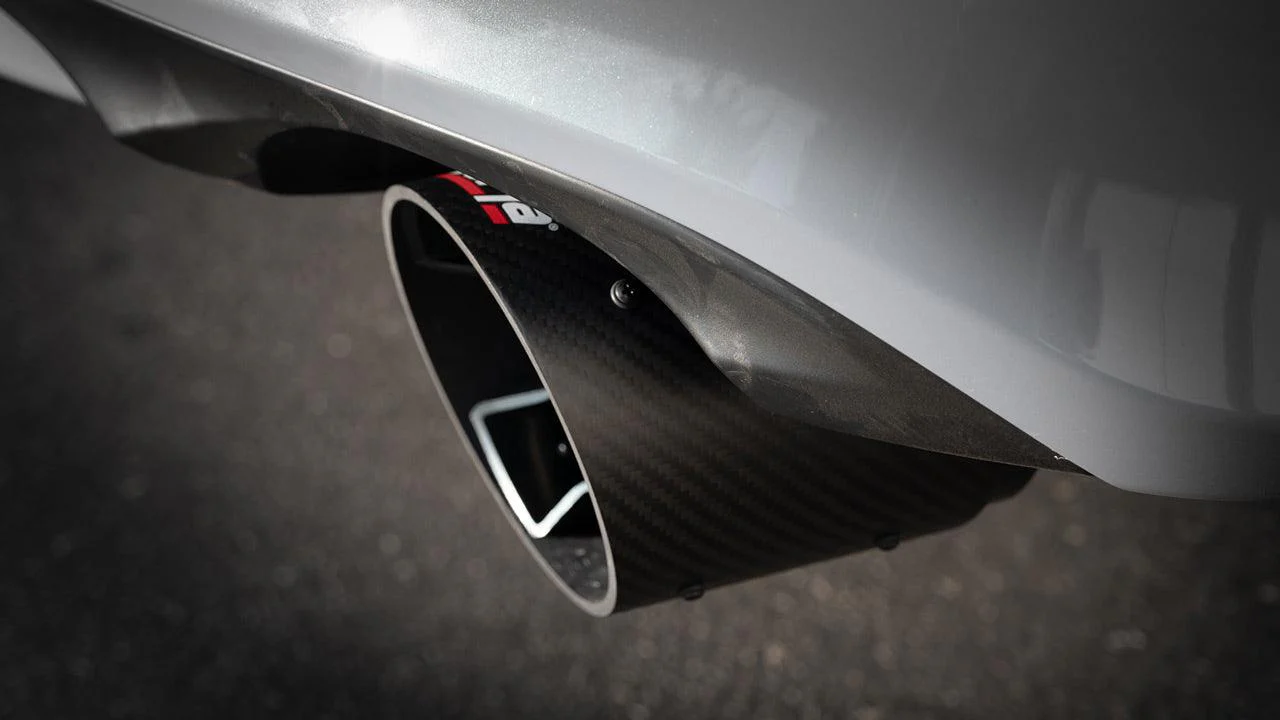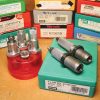Automotive
Everything You Need to Know about EGR (Engine Gas Recirculation) Valves
While Australia enjoys some of the cleanest air by global standards, recent commitments by the Federal government recognise the need to further lower pollution and emissions levels. These can have a severe impact on human health and negatively affect the environment. One area that has seen stringent legislation is vehicle emissions which account for roughly a quarter of all greenhouse gases released into the atmosphere.
This has led to a complex system of computers, sensors, engine control and fuel management systems and advanced exhaust system parts all contributing to effectively reducing the toxic concoction of carbon monoxide, hydrocarbons, nitrogen oxides, and particulate matter. One engine part that does a particularly good job in this respect is the Engine Gas Recirculation or EGR valve.
What are EGR Valves?

This is one of the main components in engine emissions systems. Its primary task is to recirculate exiting nitrogen oxides created in the combustion process. For combustion to occur, air (containing 78 per cent nitrogen, 21 per cent oxygen and 1 per cent a mix of other gases) is drawn in the vehicle, mixed with fuel, and ignited. The high temperatures at which this happens bond nitrogen and oxygen into toxic nitrogen oxides (NOx), known to be the cause of many respiratory problems. Reducing NOx levels involves cooling the remaining exhaust gases, and reverting a small portion back into the combustion chamber through the EGR valve. This connects the exhaust and intake manifolds and is controlled either by a vacuum diaphragm or an electric step motor.
How EGR Valves Work

The working principle of EGR valves is relatively simple. It can be in either two positions, open or closed. When the exhaust gas recirculation valve is open, exhaust gases are allowed to flow through it, and when it is closed, gases continue their way out of the vehicle.
When starting the car, the valve is in a closed position since only a small amount of oxygen is required. It gradually opens during idling and is fully opened when the engine reaches a set speed (generally between 1500 and 2500 rpm). By recycling a precise portion of the exhaust gases (5 to 15%) back into the intake, the amount of oxygen is reduced, allowing for slower burning and lower gas temperatures by almost 150°C. This in turn drastically reduces the NOx content. When engine speeds (and temperatures) fall, and the engine is turned off, the valve again assumes a closed position.
Types of EGR Valves

The types of EGR valves depend on the fuel used and the way they are controlled. This leads to diesel and petrol valves and vacuum-operated and electronic or digital valves. In high-pressure, high-flow diesel variants, the valves are located just before the DPF filter, before the exhaust gases are redirected into the inlet manifold through a pipe. Low-pressure diesel EGR valves are installed after the particulate filter, and these are free of excess PM particles and soot. Recirculation in petrol engines is aided by the vacuum created in the cylinder head as the piston reaches the bottom dead centre, with the EGR valve controlling the flow of gases.
Vacuum-operated valves consist of a vacuum diaphragm and use a solenoid to open or close the valve. These are found in carbureted engines and first appeared with engine emissions legislature rollout in the early 1970s. Pulse width modulated EGR valves came in the 1980s and use a PWM solenoid controlled by the car’s powertrain control module (PCM) to provide more precise opening and closing of the valve and with more accurate duration.
Digital EGR valves started to appear in the 1990s. These also deploy a vacuum but have up to three separate solenoids to control valve function. Lastly, the most precise is linear electronic valves with a linear stepper motor, so independent of engine vacuum. Instead, the opening or closing is down to the ECU, and data is relayed to it by sensors monitoring the EGR valve position.
Common Issues with EGR Valves
The buildup of carbon particles or soot is the main killer of EGR valves. Over time this can cause the plunging system of the valve to get clogged, leaving it in an opened or closed position. This can cause a range of different engine issues. Moderate soot deposits can be removed with an EGR cleaner, though severe issues will require a replacement.
• Performance Issues – the valve stuck in the open position can impact the air-to-fuel ratio leading to loss of power, difficulty in acceleration, and rough idling.
• Increased Emissions and High Fuel Consumption – EGR valves can moderately reduce fuel use by reusing exhaust gases. With the valve stuck in the closed position, this isn’t possible and besides higher than usual fuel use, there’s also an increase in NOx emissions. If your vehicle fails an emissions test, the likely cause is a failed valve.
• Odd Smells and Engine Knock– This is unburnt fuel. And will become more evident at higher engine speeds and temperatures. The smells can also be accompanied by vibrations produced by excessive engine detonations.
• Check Engine Light – While this can mean a million different things, a failed valve will light up the check engine light. Diagnosing the issue can be done with a simple code scanner. This can reveal whether the issue is related to exhaust gas recirculation flow, the sensors, solenoids, valve position or there is faulty wiring.
Writing for the blog since 2012, Chris simply loves the idea of providing people with useful info on business, technology, vehicles, industry, sports and travel – all subjects of his interest. Even though he sounds like quite the butch, he’d watch a chick flick occasionally if it makes the wife happy, and he’s a fan of skincare routines though you’d never have him admit that unless you compliment his impeccable skin complexion.























